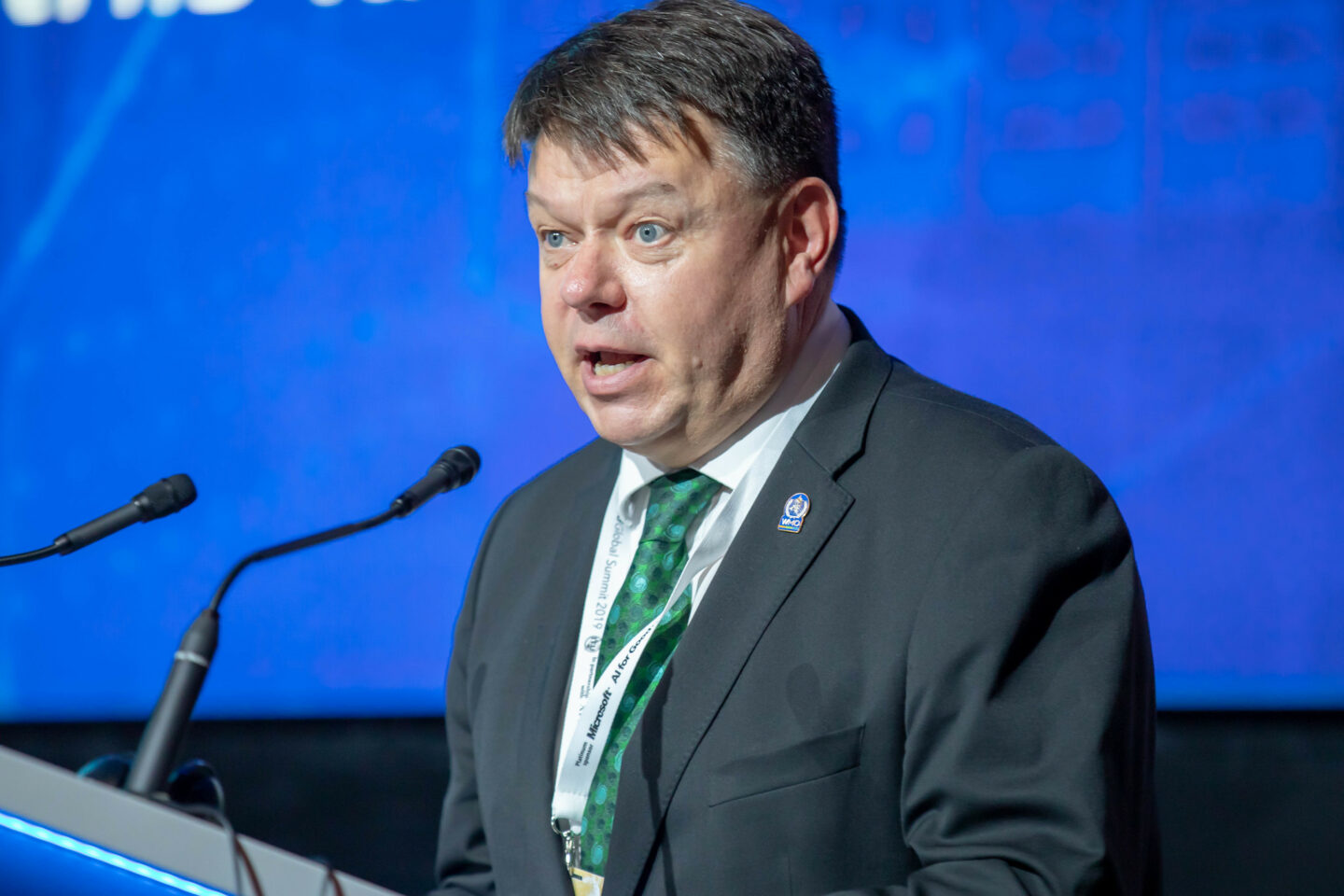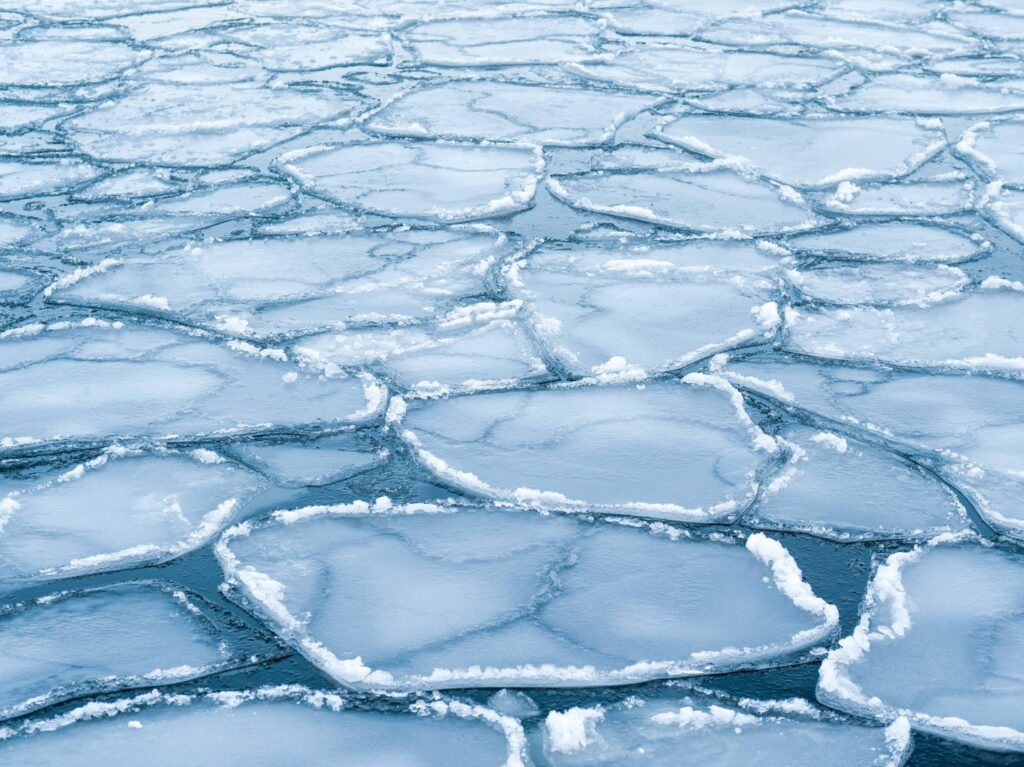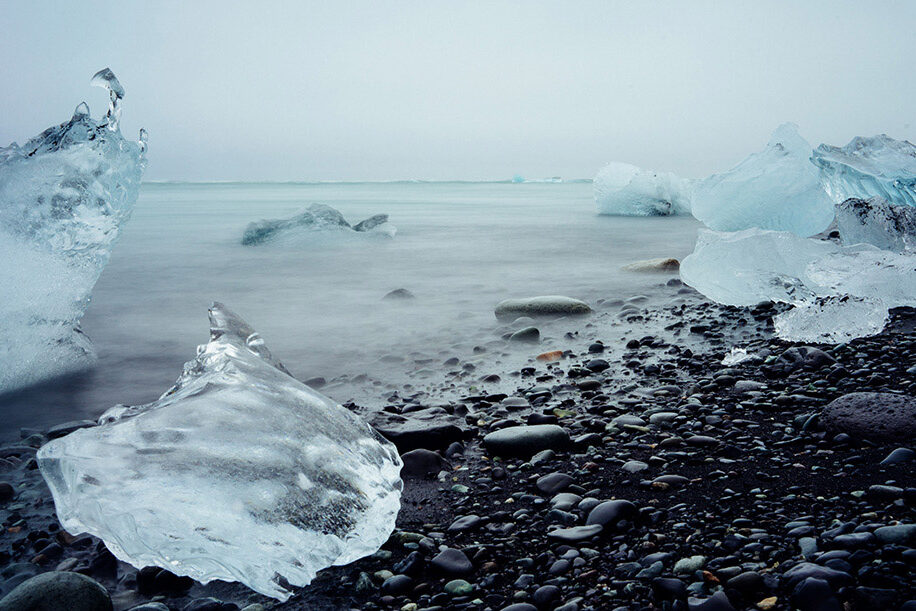An open letter to WMO, 21.4.2023
–
WMO chief’s claims in Finnish media are counterproductive for national climate policies.

Dear President and Vice-Presidents of the World Meteorological Organization (WMO),
We at the Finnish Association for Nature Conservation (FANC), the largest and oldest environmental NGO in Finland, have been deeply concerned about Secretary General Petteri Taalas’s statements, and their impact on public discussion and science-based climate policies in Finland.
We respect freedom of speech, but ask the WMO to clarify to what extent the statements made by Taalas in the Finnish media are based on climate science and if they represent WMO’s position as a whole.
The latest interview of Taalas by the Finnish Broadcasting Company (YLE) only a week ahead of parliamentary elections has been especially controversial. An article detailing the interview in English is available. The interview has been noted by many of our political parties. During one of the last election talks, five party leaders referred to Taalas’s statements.
The interview quickly inspired conversation among scientists and climate activists:
- The Chair of the Finnish Climate Change Panel clarified the scientific background of Finland’s national targets.
- An article by Verde draws attention to the claims by Taalas on Finland’s carbon neutrality goal, carbon sinks and his affiliations.
- BIOS research unit has criticized the views of Taalas on population growth.
- A Twitter thread by FANC debunks statements of Taalas on carbon sinks.
- A Twitter thread by Professor of Ecology Anna-Liisa Laine debunks the views of Taalas on the state of biodiversity research.
- A Twitter thread by PhD researcher Sanna Ryynänen debunks the climate claims of Taalas.
The main problematic claims by Taalas on Finnish climate policies are:
- “Of course it’s important that we hold on to the target to become carbon neutral. But whether it’s in 2035 or a bit later is semantics”, says Taalas.
This statement ignores that carbon neutrality by 2035 has been defined to be Finland’s fair share by the Finnish Climate Change Panel which bases its calculations on the carbon budget defined by the IPCC. The carbon neutrality target by 2035 has been set in the Finnish Climate Change Act. The Act was approved by a clear majority (121 votes for – 42 votes against) of the parliament in May 2022. So governments are bound to make choices in line with this target. Failure to comply with the current climate law would be a problem for the rule of law.
2. Taalas continues: “It’s worth having a conversation about whether the timetable we are on is good for Finland.”
This statement ignores that this conversation started in 2018 after the IPCC report on the 1,5 degree limit was released. It was supported by an unprecedented climate movement across Finland when 20 000 people across the country marched to keep the 1,5 degree target alive. Thus, commitment to carbon neutrality in 2035 became one of the key considerations in forming the government programme in 2019. Scientific analysis of Finland’s globally responsible contribution by the Finnish Climate Change Panel continued to support target setting.
According to a poll in 2019, carbon neutrality in 2035 was supported by 63 percent of Finns. Confederation of Finnish Industries, Finnish Forest Industries Federation and professional associations support the goal. Finally, the new Climate Change Act was adopted by a clear majority of the Parliament. Ahead of the parliamentary elections in 2023 seven out of nine parties committed to carbon neutrality in 2035. Currently, Taalas is one of the most vocal opponents to the targets in the new Climate Change Act.
The statement also ignores the importance of green transition for the investments worth billions in Finnish industries and the harmful impacts that above 1,5 degrees warming would have on Finland.
3. ”They have started with wrong assumptions and thought that carbon sinks can handle quite a large part of the problem that should be handled by fossil energy reductions”, says Taalas referring to Finland’s climate goals. He continues later “It is a pity that the scientific basis on which Finland has made climate decisions has turned out to be a bit flimsy.”
These statements ignore that Finland’s Climate Change Act includes emissions reduction targets for every 10 years so that emissions would be 28 Mt in 2030, 14 Mt in 2040 and 7 Mt but with an aim to 3,5 Mt in 2050. These targets are based on Finland’s fair share of the IPCC carbon budget for 1,5 degrees and are also in line with Rockströms climate law where emissions are halved every decade. These scientific bases have not changed but become even more urgent.
The carbon neutrality goal in 2035 is based on the assumption that the net carbon sink of the land use sector (LULUCF) would remain on a level average as seen from 1990-2018. This assumption enhances the cost effectiveness of reaching the carbon neutrality target. The deep reduction in Finland’s forest net carbon sink during the last decade has been predicted by scientists as an outcome of increasing harvesting levels already in the impact assessment of the government’s energy and climate plan and a scientist letter in 2017. However scientists have also outlined a number of measures to enhance the net carbon sink especially in forests and on organic soils.
Enhancing carbon sinks is an integral part of the IPCC pathways to limit global warming. Thus the IPCC estimates effectively and equitably conserving 30 to 50 per cent of Earth’s land, freshwater and ocean habitats to be necessary, which would also benefit biodiversity and help to adapt to a warmer world. In Finland’s case several measures that scientists have identified to support carbon sinks would also bring biodiversity benefits.
4. As the reporter asks Taalas how Finland keeps on track of its carbon neutrality target Taalas answers this by referring to the EU’s carbon neutrality goal in 2050.
This statement ignores that the EU’s climate targets are not in line with limiting global warming to 1,5 degrees. The Paris Agreement article 2 highlights the principle of
common but differentiated responsibilities and respective capabilities, in light of different national circumstances, which refers to the responsibility of developed countries to lead by example. As the UN Secretary General Antonio Guterres stated at the launch of the latest IPCC report, “leaders of developed countries must commit to reaching net zero as close as possible to 2040, the limit they should all aim to respect.” This assessment is shared by the Climate Action Network Europe. The statement by Taalas also ignores that backsliding in climate commitments is forbidden in the Paris Agreement article 3.
5. “As a topic carbon sinks are a Finnish peculiarity”, says Taalas.
This statement ignores that under the Paris Agreement Article 5 parties should take action to conserve and enhance, as appropriate, sinks and reservoirs of greenhouse gases, including forests. Every EU country is taking action to support carbon sinks to fulfil the 2030 targets under the LULUCF Regulation. Finland’s national targets on carbon sinks are supported by EU targets on the land sector. And if Finland does not fulfil its commitments on carbon sinks under the LULUCF Regulation, the EU’s climate targets will also be in danger.
6. Taalas referring to the reduction of carbon sinks: “We have paid a lot of attention to what has happened during one year. In the big picture, it is not the central issue.”
Later he continues: “We have a froth in the glass of water right now in terms of a very short-term deviation.”
This statement ignores that our official statistics by Natural Resources Institute Finland show the deep reduction in Finland’s net carbon sinks has occurred during the last decade. So it is not a one or two-year anomaly. This reduction in carbon sinks means that the land sector was a source of carbon in 2021 and Finland’s net emissions have not declined since 1990.
7. Taalas when questioned on the differences between NASA’s calculations and Finland’s official statistics on greenhouse gases: “It is a scientific fact what has happened in a time scale of 5 years where we see that Finland and also Sweden and Russia are climate positive and have in net sequestered more than released greenhouse gases. You should believe these measurements, which have been made from satellites and from the surface of the earth.”
This statement ignores the big differences in the methodology of these calculations. The main writer of NASA’s research Brendan Byrne has commented on the differences to Helsingin Sanomat and noted that the margin of error in their calculation is large when it comes to countries like Finland. On carbon sinks the margin of error is very wide, and the result of Finland’s own sink inventory fits within it. As Byrne points out, their results do not undo official statistics like Taalas leads us to believe. NASA’s calculations do not consider the impact of methane or the impact of import and export. Nor do they make a difference between anthropogenic climate impacts and natural impacts. Furthermore, Finnish scientists have commented on the difference in results. According to academy professor Ari Laaksonen, NASA’s results do not mean that Finland should declare the official calculations useless, according to which Finland is nowhere near the carbon neutrality it aims for.
The Chair of the Finnish Climate Change Panel has reminded us that the method based on satellite measurements does not correspond to the IPCC inventory calculation principles used in UN climate policy. We feel it is counterproductive to science-based policy to undermine the IPCC reporting rules and the competence of Finland’s national authorities on greenhouse gas inventories and carbon sinks. Research suggest that trust in public organizations is a key factor in determining support or opposition to climate policies.
Already in 2019, many Finnish researchers questioned the views of Taalas on carbon sinks, and last summer the conflict between the views of Taalas and the recommendations by Finland’s Climate Change Panel became clear.
Organized disinformation on climate science and policies are a typical phenomenon also in Finland. In the Finnish general elections on 2nd April 2023, the far-right Finns Party became the second-largest party in our parliament. They have adopted some of their views from Taalas: they question Finland’s official greenhouse gas inventories and are willing to postpone Finland’s carbon neutrality target. Taalas is often invited to the hearings of the Finnish Parliament and is highly influential among policymakers. This highlights his influence and the harmful impact his comments have created over the years.
The status of the Secretary General of WMO is widely respected. Thus it is important the scientific background on which his claims are found are sound, and that WMO clarifies to which extent Taalas is commenting on Finnish climate policies from this position.
We ask WMO to clarify its stance on:
- Whether developed countries should set carbon neutrality targets that are more ambitious than the global average and whether Finland’s carbon neutrality target by 2035 is science-based?
- Whether enhancing carbon sinks has become an integral part of efforts to limit global warming
- Whether nature protection and restoration are an integral part of pathways to limit global warming and this would require effectively and equitably conserving 30 to 50 per cent of Earth’s land, freshwater and ocean habitats as the IPCC has stated?
- Whether the IPCC inventory calculation principles that national greenhouse gas inventories are based on are valid?
Yours respectfully,
SUOMEN LUONNONSUOJELULIITTO (Finnish Association for Nature Conservation)
Hanna Halmeenpää Tapani Veistola
Chair of the Board Executive Director
More information:
Hanna Aho, Climate Policy Officer, hanna.aho@sll.fi, +358 40 628 9495


